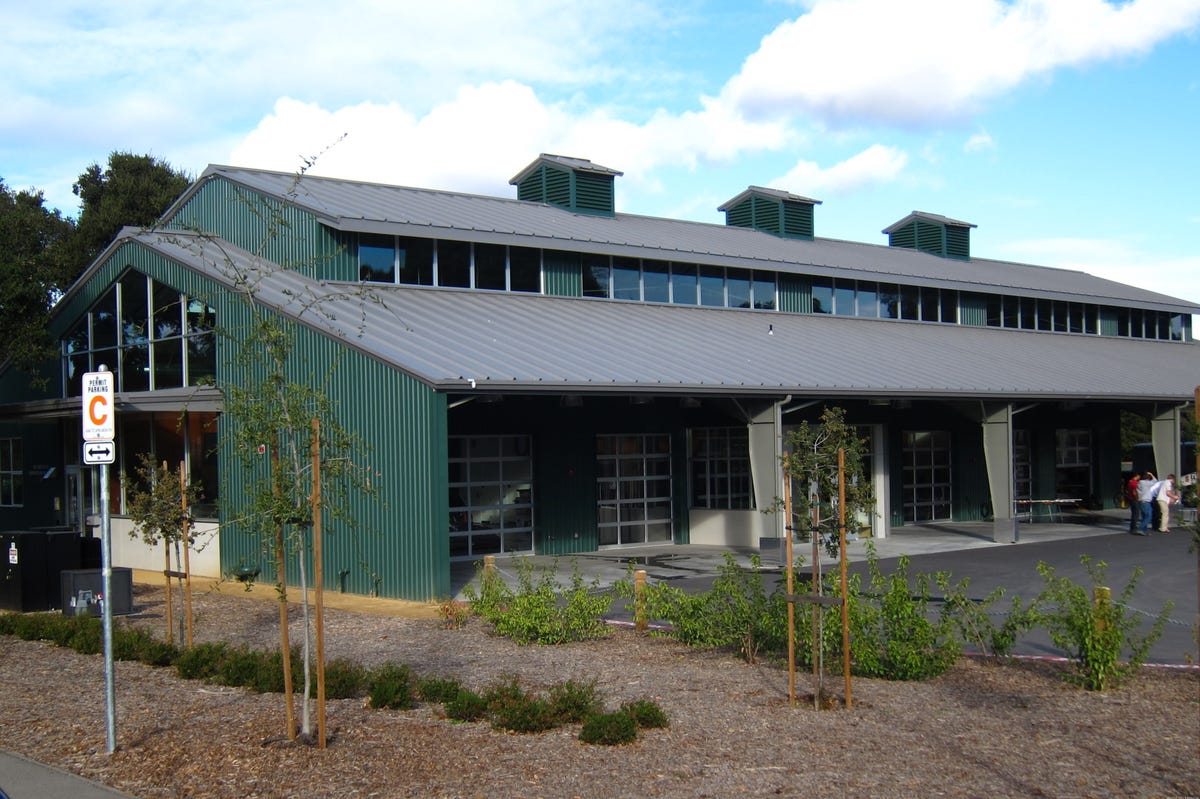
Stanford's new garage
My tour guide for this slideshow was Sven Beiker, executive director of the Center for Automotive Research at Stanford. See the Reporters' Roundtable interview with him.
Inside the candy factory
Cars to match your mood
According to Beiker, Nass discovered that when the "mood" of the car matches the driver, the driver is more likely to pay attention to the car and thus drive more safely. How to set the car to the driver's state of mind is a topic still undergoing research.
The solar car
Like driving my old pedal car
The Apogee was cool to drive, but not fun. The chattering drive electronics are noisy, the steering and brakes feel wooden, and my leg quickly tired from being jammed into the one spot where it could operate the pedals. I suspect the car's official driver is shorter.
This car snowplows
Steering motors that feel
GPS accuracy you won't believe
Strap your brain in
The Pikes Peak Audi
The Audi is a more photogenic autonomous car than the self-driving VWs from Stanford's previous entries into the DARPA Grand Challenges, and part of the reason is that the Audi has no computer vision technology. While it ran up the Pikes Peak mountain road with a detailed map in its system, and it uses GPS to locate itself, in addition to receiving data from wheel-spin and other sensors so it could drive at the absolute limits of control, it would not, as Beiker told me, be able to steer around a boulder if one was dropped on the road in front of it.
This VW sees
It's got lasers
Stanford is currently researching technology to gauge intent of pedestrians that a car scans while driving. For example, if a car at an intersection sees a person standing on a curb facing toward the street, it will act on the assumption that the person could step into the car's path. If the person is facing the other way, it can discount that possibility--but not entirely.

